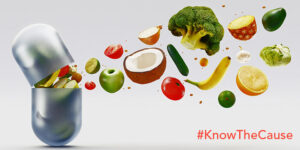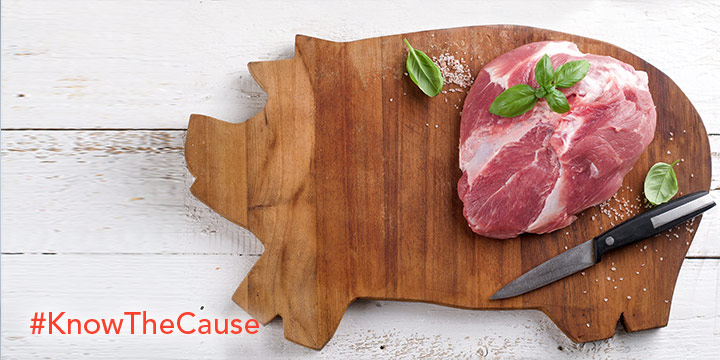

Pork is an often overlooked source of protein, but it can be a healthy change of pace at an affordable price. Lets take a look at the health benefits of pork.
Other than bacon, pork is often forgotten about as an excellent Kaufmann Diet food. This is unfortunate, because pork can be a great, affordable source of protein. While bacon is delicious, it is something you should be cautious of, as many varieties are cured with sugar and contain things like sodium nitrate or nitrite. But pork’s versatility extends far beyond just bacon.
Pork Loin – The pork loin is a tender and lean cut from the back of the pig. It can be further divided into various cuts like pork chops, pork tenderloin, and pork loin roast. Pork loin is versatile and can be prepared in different ways, such as grilling, roasting, or pan-frying.
Pork Chops – Pork chops are cuts from the loin or rib section and typically include a portion of the bone. They are flavorful and can be cooked in a similar way to steaks, making them a popular choice for grilling, pan-frying, or broiling.
Pork Tenderloin – The tenderloin is a lean and tender cut located along the spine of the pig. It’s a popular choice for its tenderness and can be roasted, grilled, or sautéed.
Pork Shoulder (Pork Butt) – The pork shoulder is a well-marbled and flavorful cut, commonly used for pulled pork or slow-cooked dishes like roasts. It’s often cooked low and slow to achieve a tender and juicy result.
Pork Ribs – Pork ribs come in various types, including baby back ribs and spare ribs. They are typically enjoyed grilled, smoked, or braised and are known for their rich flavor and meatiness.
Pork Belly – While bacon is made from pork belly, the cut itself is versatile and can be used for other dishes like pork belly sliders, braised pork belly, or Chinese-style crispy pork belly.
Pork Sirloin – The pork sirloin is a less expensive and flavorful cut, similar to pork loin but with a bit more fat. It can be roasted, sliced, or used in stews.
Pork Ham – Pork ham comes from the rear leg of the pig and can be purchased as a whole or as ham steaks. It’s commonly cured and smoked to produce various types of ham.
High-Quality Protein
Pork is an excellent source of high-quality protein, which is essential for muscle growth, repair, and overall body function.
Essential Nutrients
Pork contains essential nutrients like vitamins B6, B12, niacin, thiamine, and minerals such as zinc, selenium, and phosphorus. Pork is a good source of heme iron, which is more easily absorbed by the body compared to non-heme iron found in plant-based foods. Adequate iron intake helps prevent anemia and supports healthy blood circulation. Pork is particularly rich in vitamin B12, which is crucial for nerve function, red blood cell production, and DNA synthesis. The B-vitamins found in pork, especially vitamin B6 and B12, are essential for maintaining brain health and cognitive function.
Healthy Fats
While pork can contain varying amounts of fat depending on the cut, it can be a source of healthy monounsaturated and polyunsaturated fats, including omega-3 fatty acids.
Creatine
Pork contains creatine, a compound that plays a role in providing energy to muscles during physical activity.
Garlic Scalloped Turnips With Bacon
Join our LIVE Q&A stream every week if you would like to ask a question! Learn more about the live show and join in here: KTC Too! – Doug Kaufmann’s Know the Cause
Doug Kaufmann has written many books that cover a full range or health issues. Find out which of his books best suits you by clicking the button below.
Doug Kaufmann developed his diet after years studying the clinical effects of pathogenic fungi on the body. Fungi and yeasts can become parasitic organisms on and inside our body, causing health problems that can be difficult to diagnose. Learn more about the Kaufmann Diet, change your life and know the cause.
We encourage all visitors to this site to take some time and study these technical articles prior to initiating lifestyle changes, including dietary changes and to do so with their physician’s awareness and approval. The articles posted in this link are scientific and with few exceptions are taken from medical journals familiar to healthcare workers.
Looking for help assembling antifungal Kaufmann Diet approved recipes for breakfast, lunch or dinner? We have several videos, books and recipe write ups here on Know the Cause that will help your health journey. The recipes in this section are so good, you’ll feel like you’re indulging. No sacrifice needed! Enjoy.
© 2024 Mediatriton Inc. All Rights Reserved • Website by Skynet Solutions